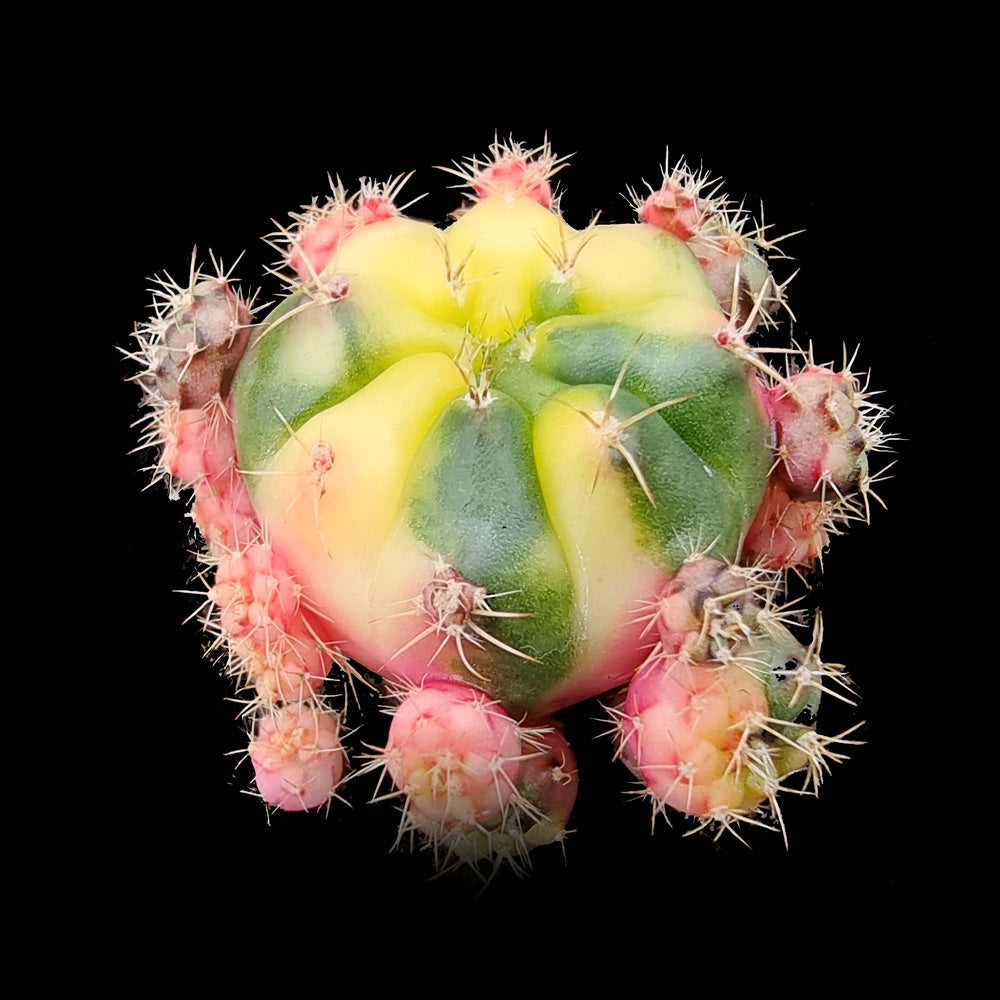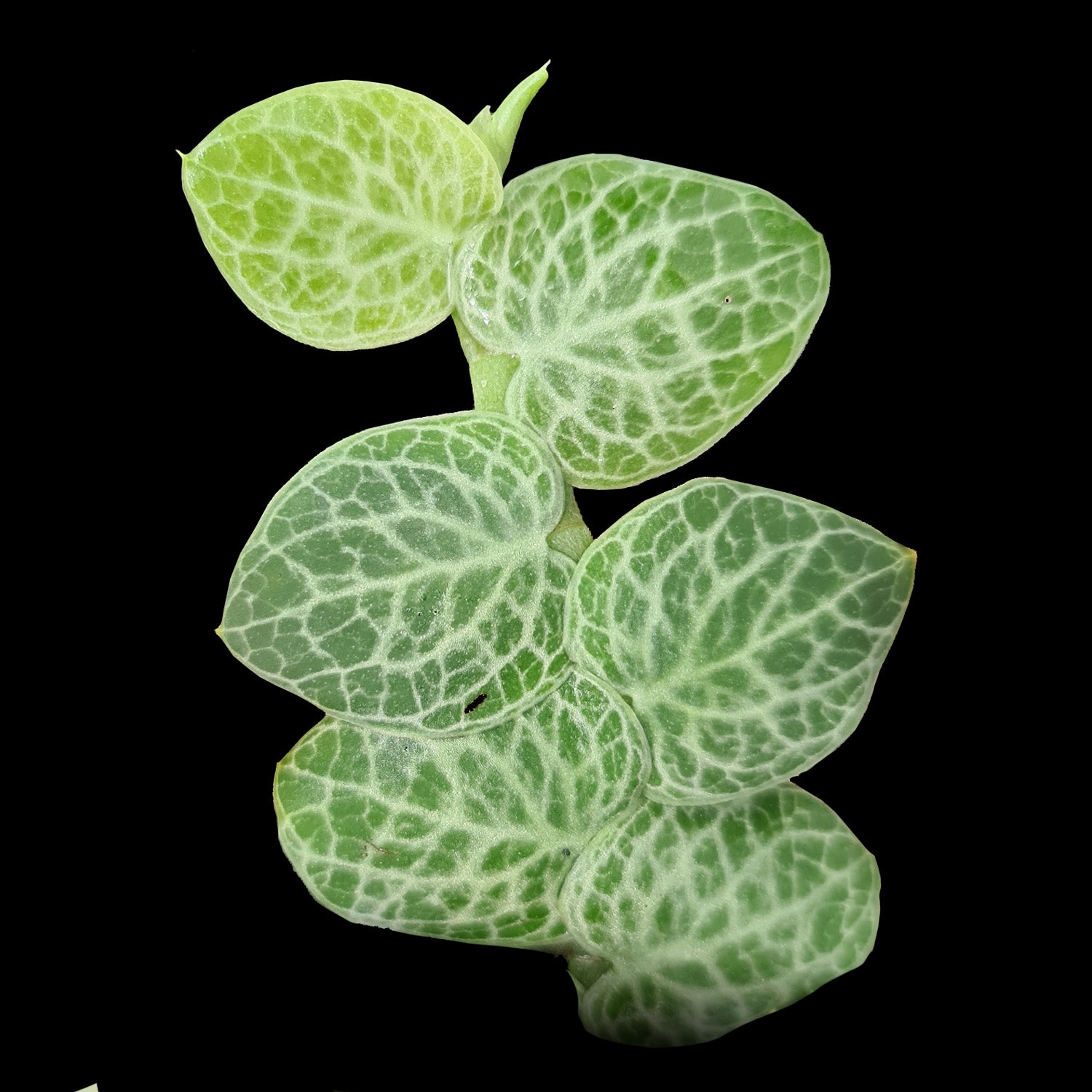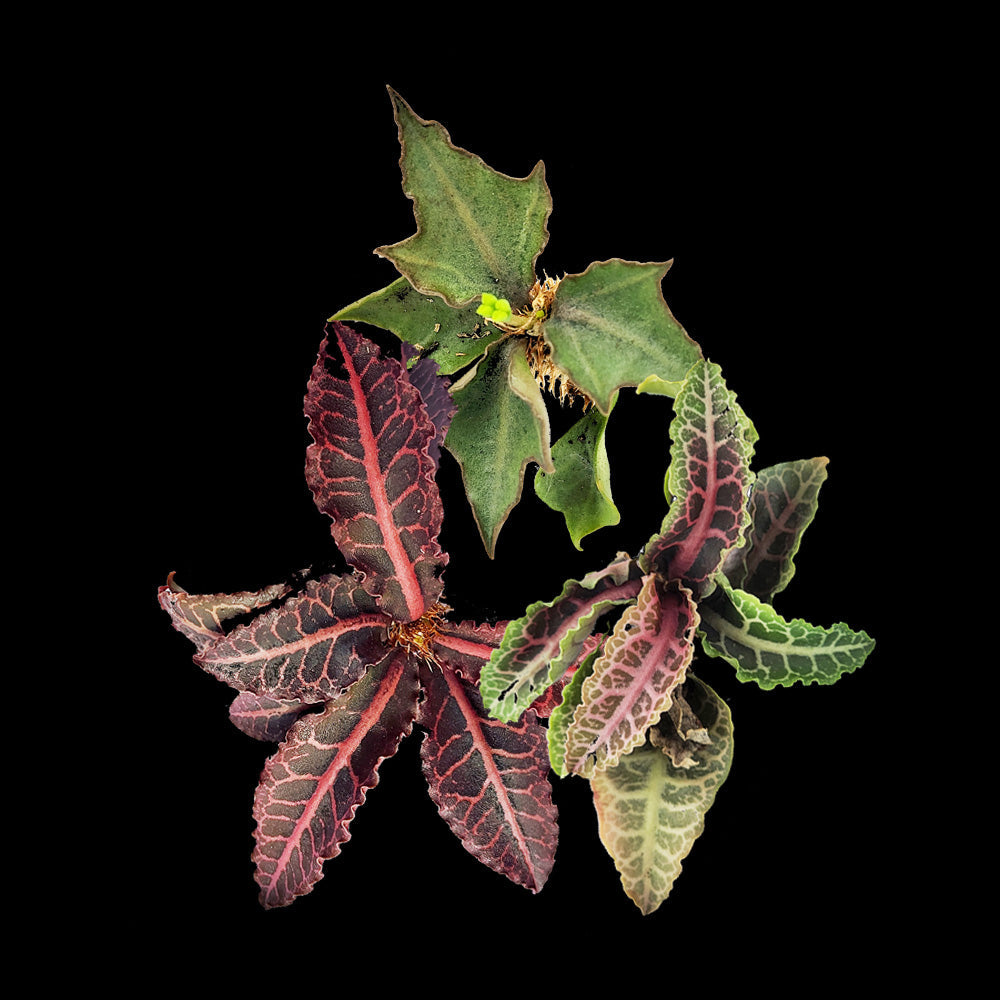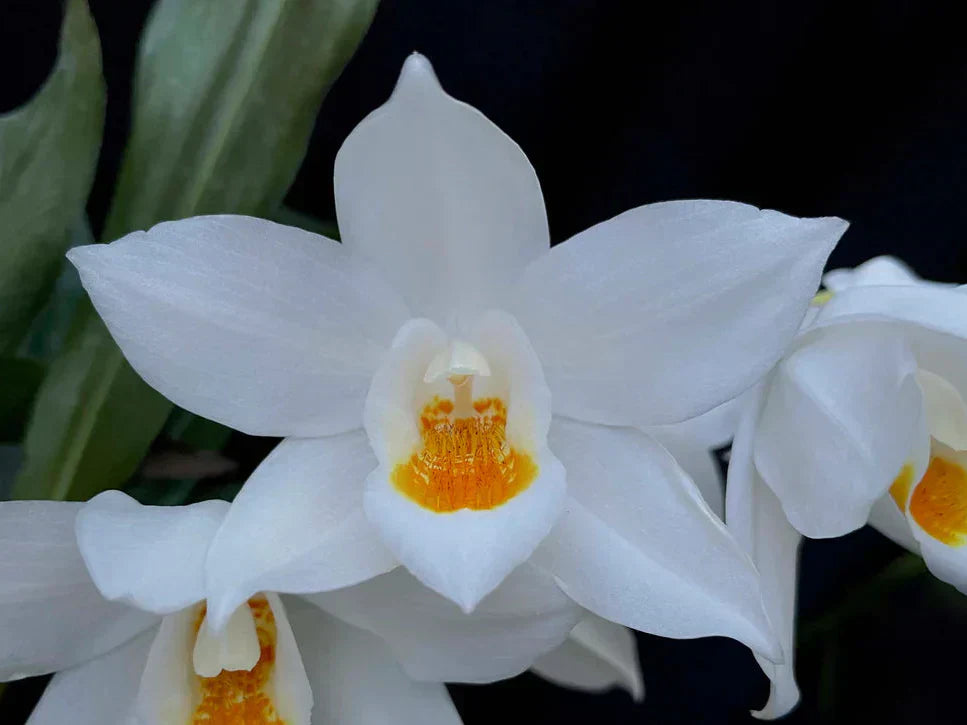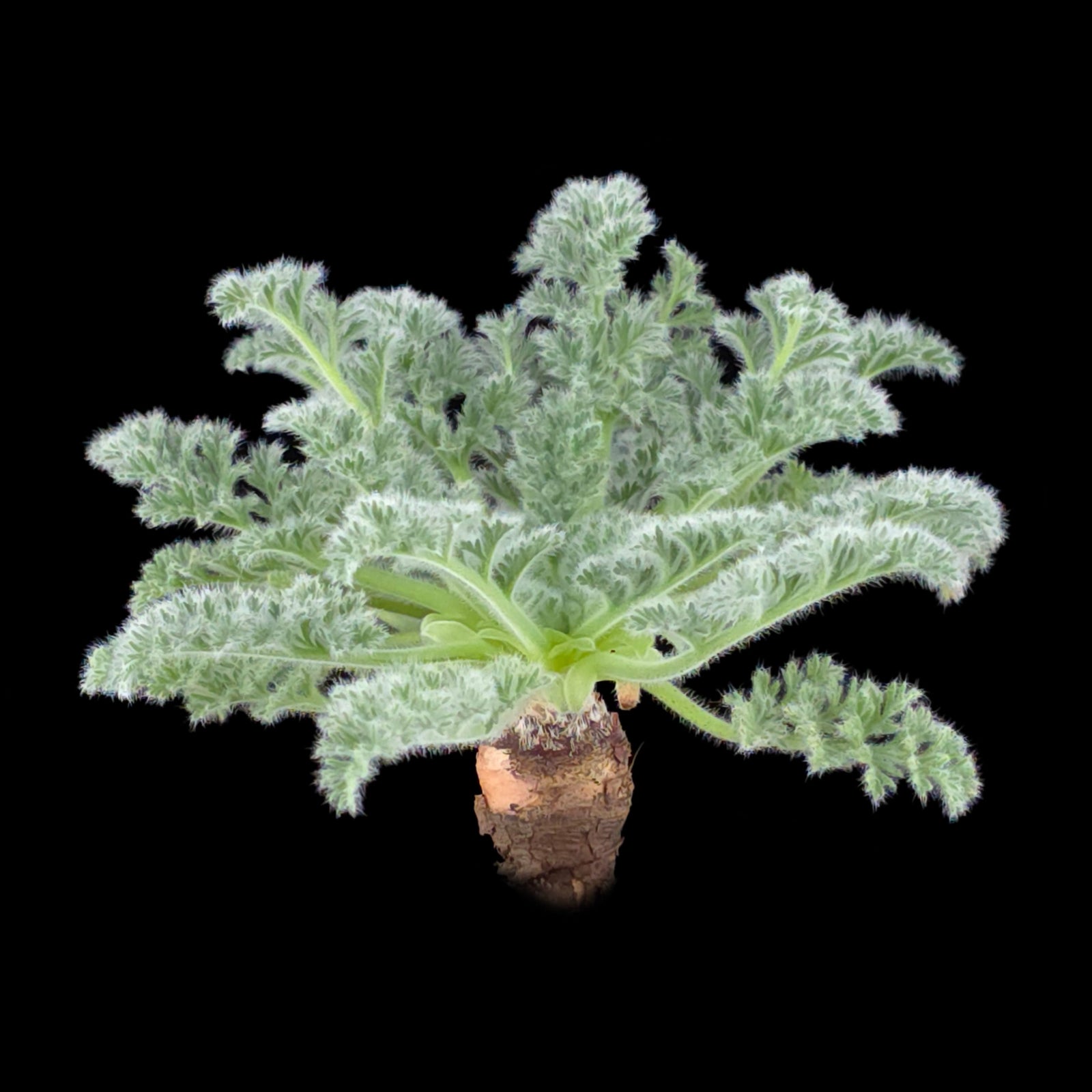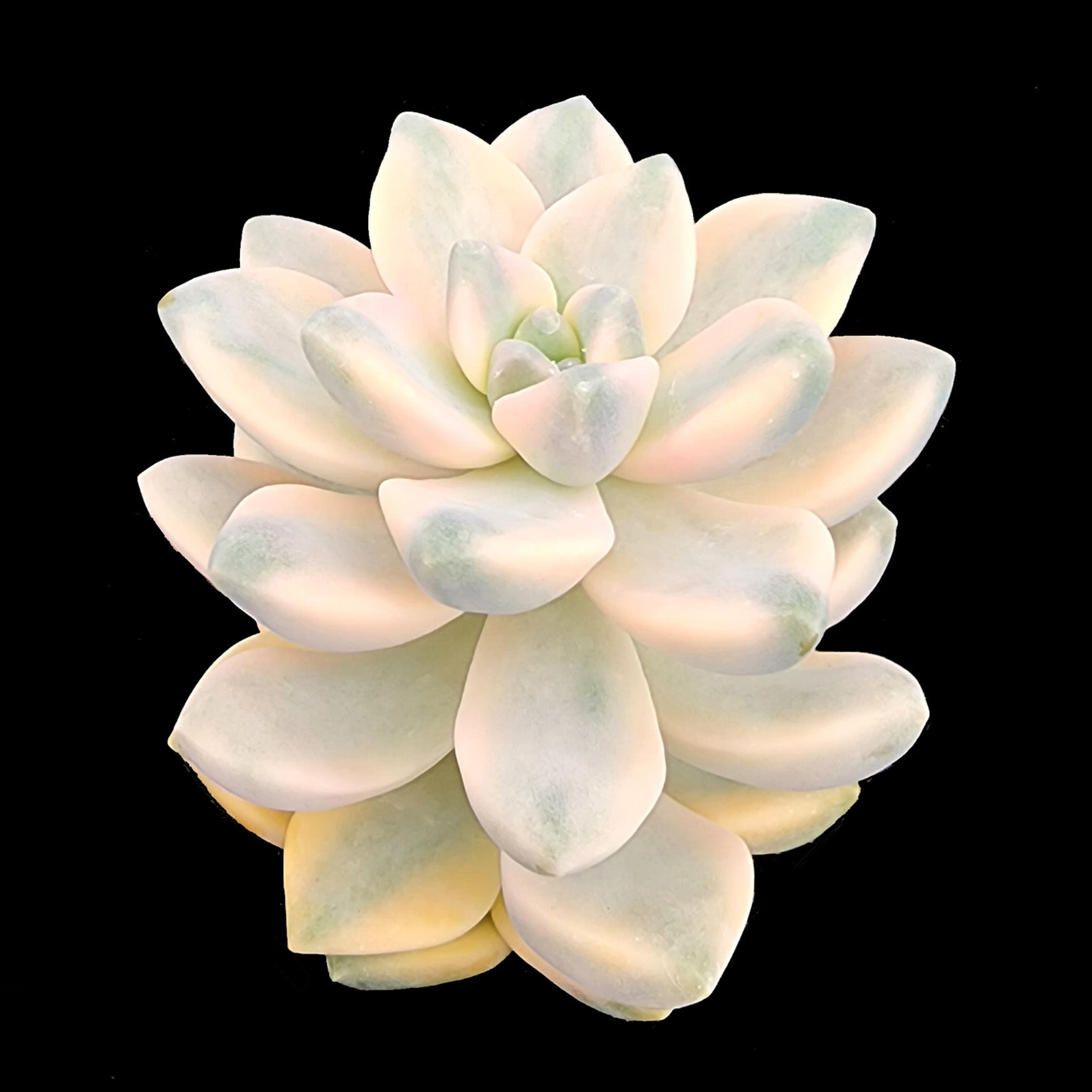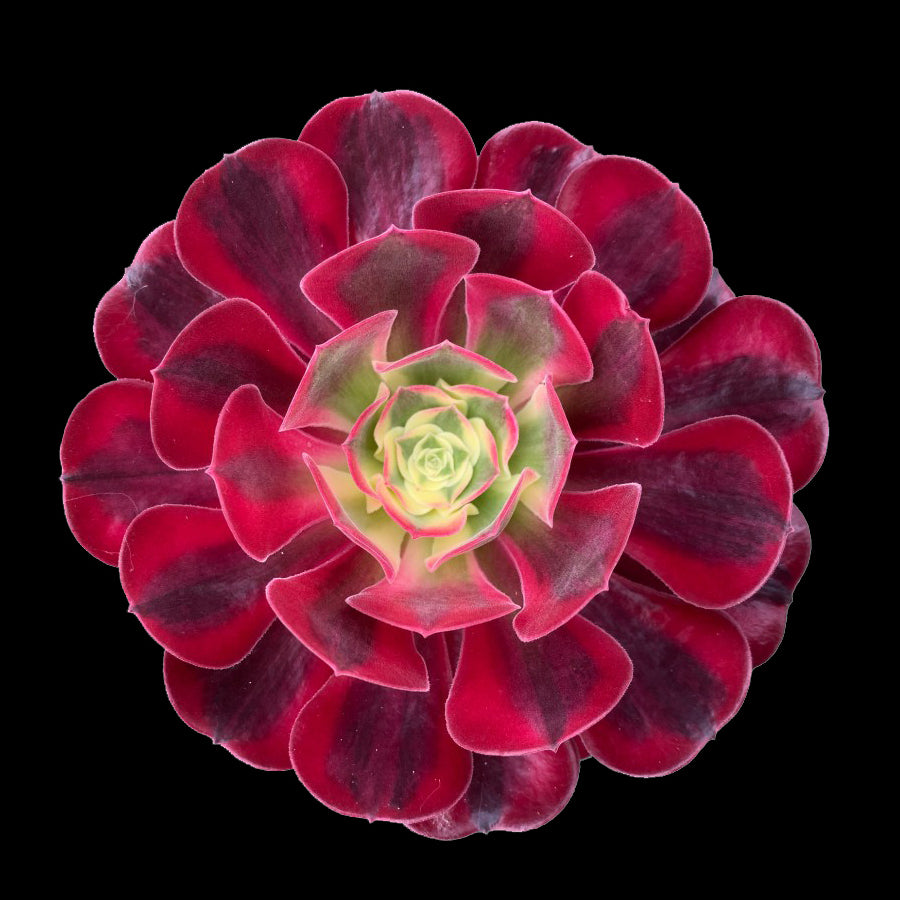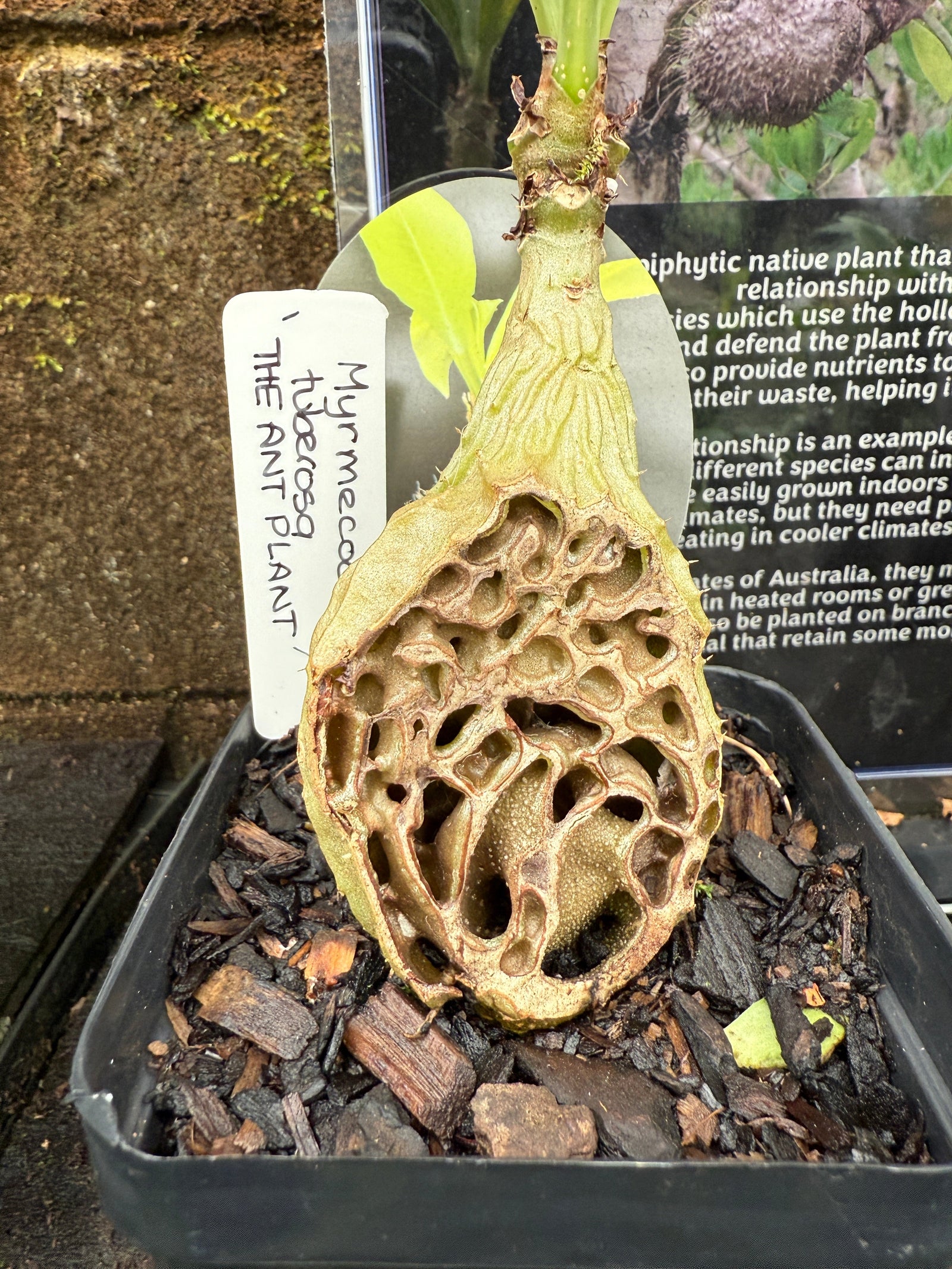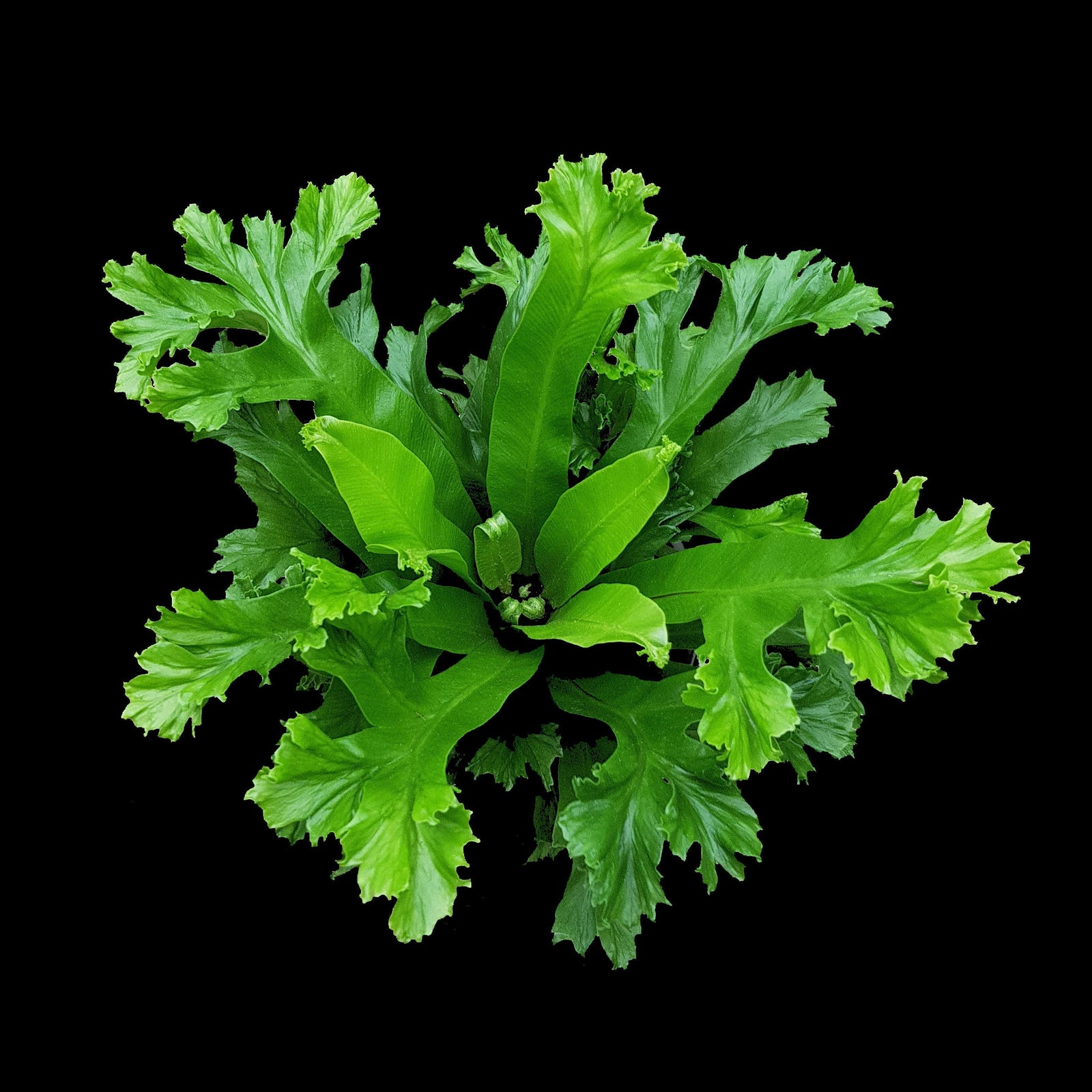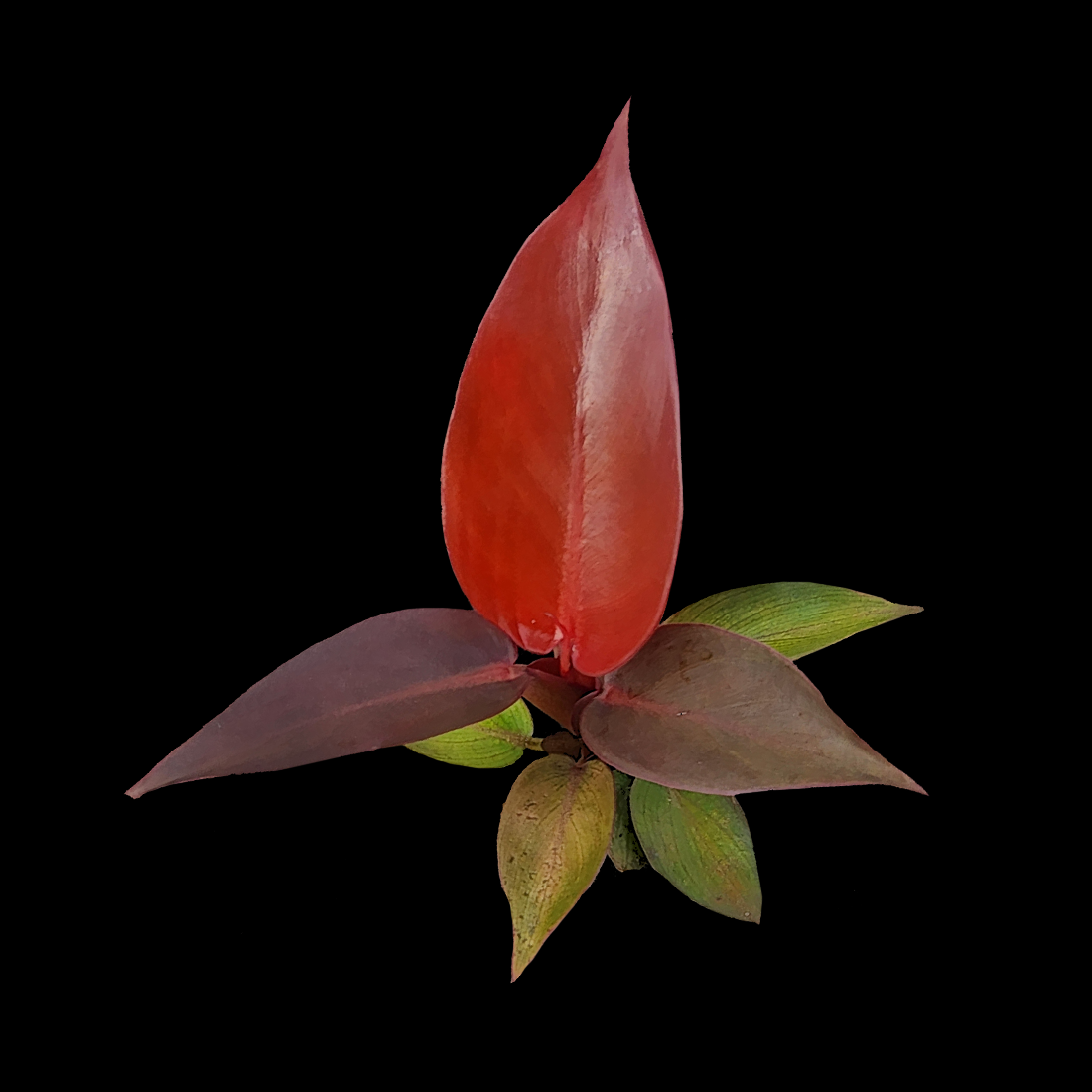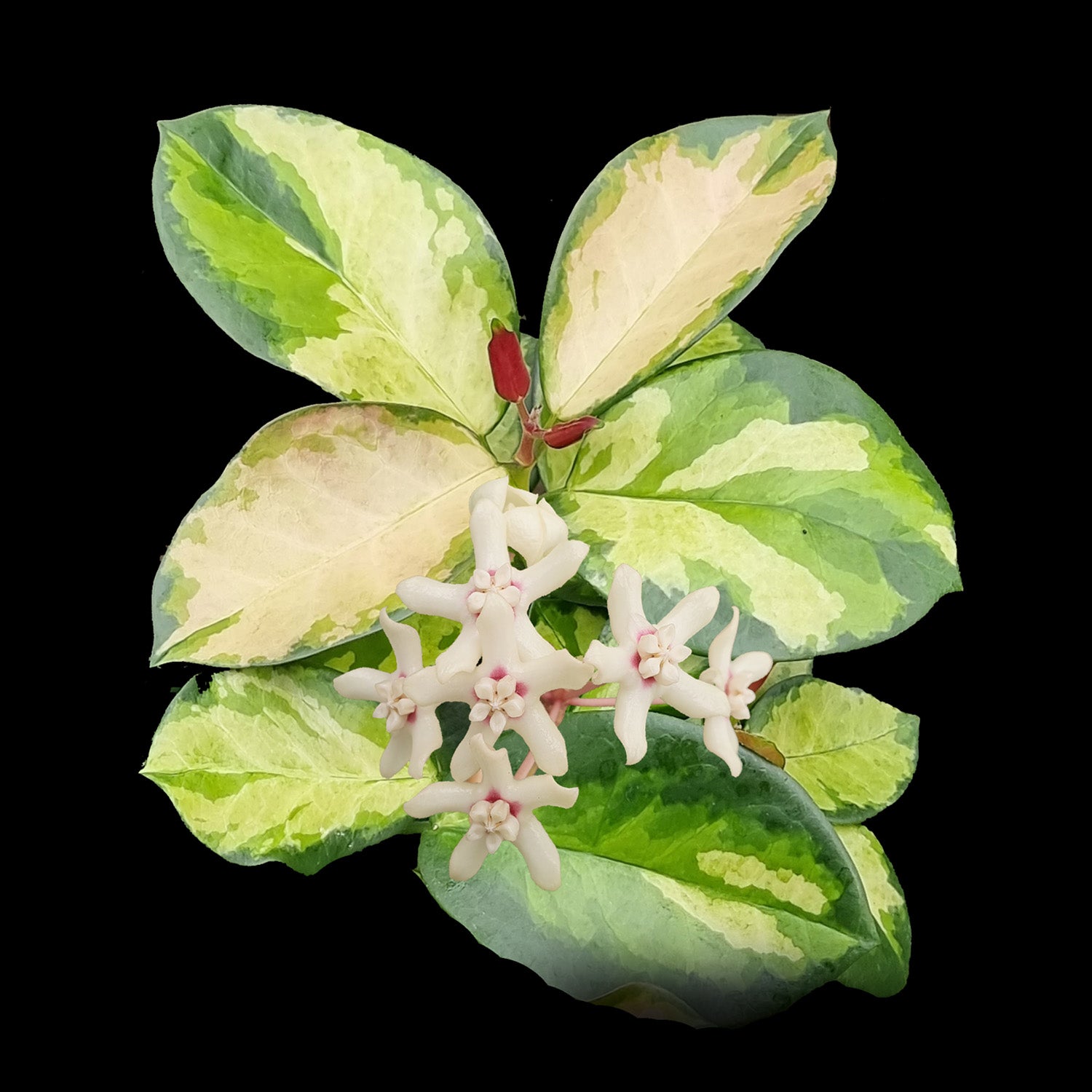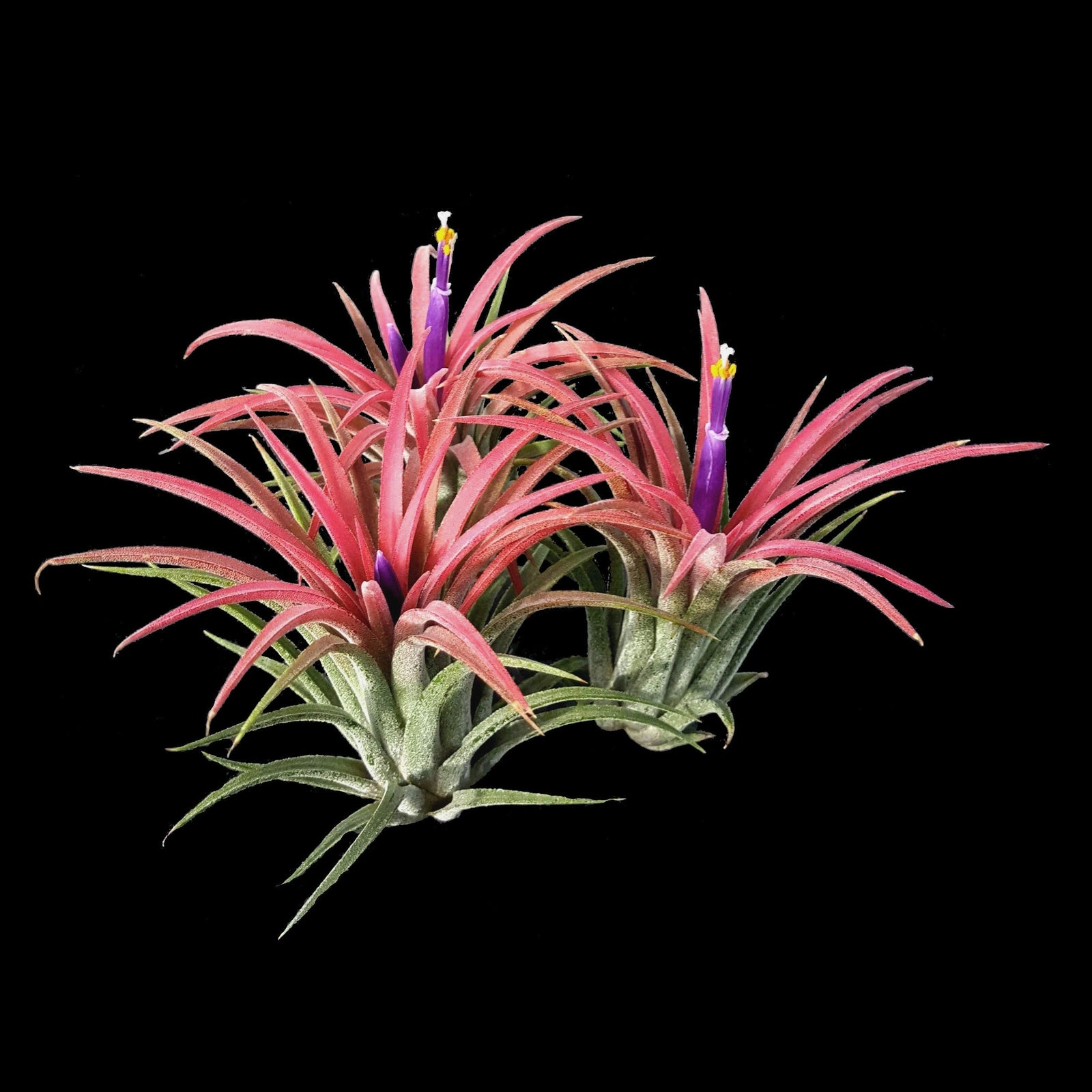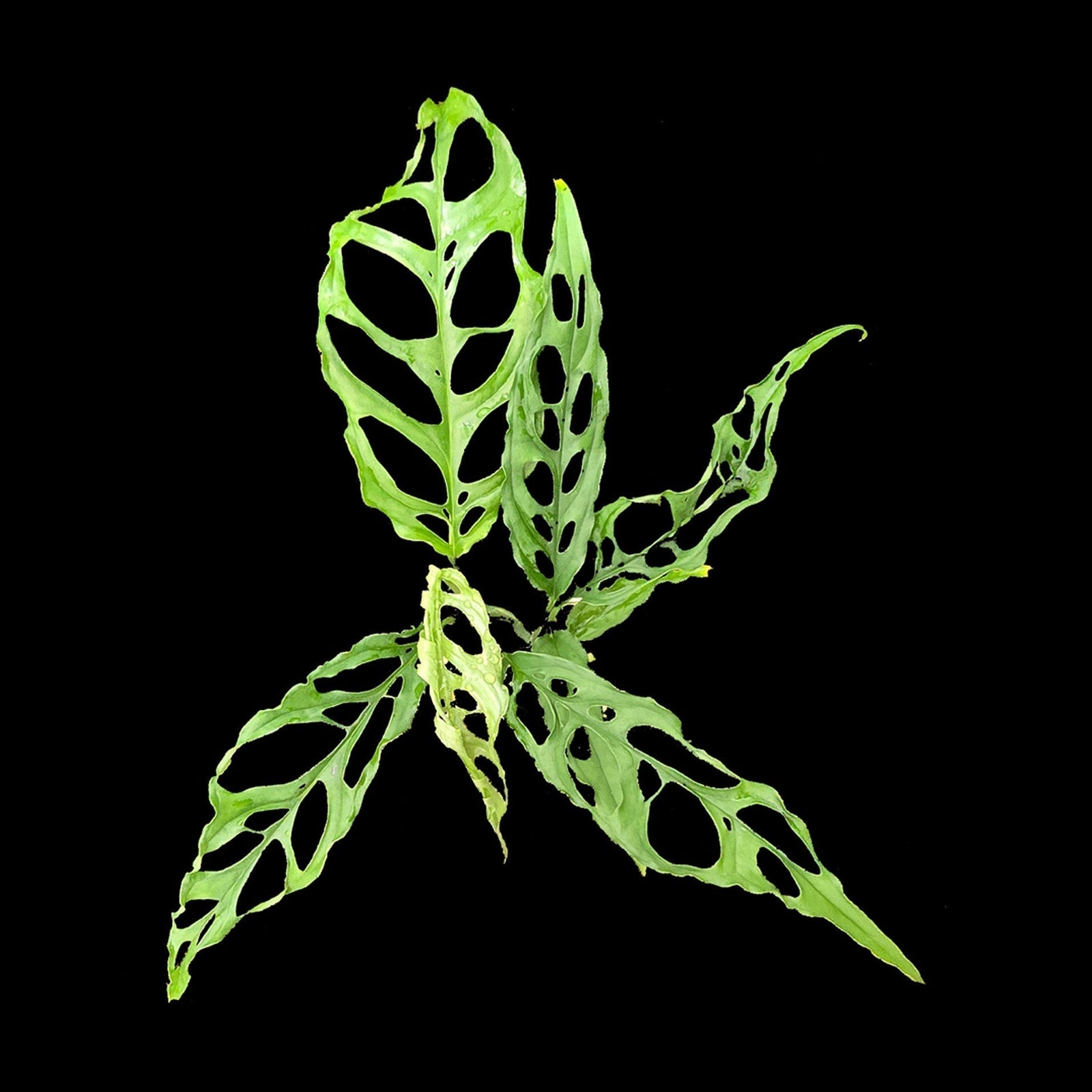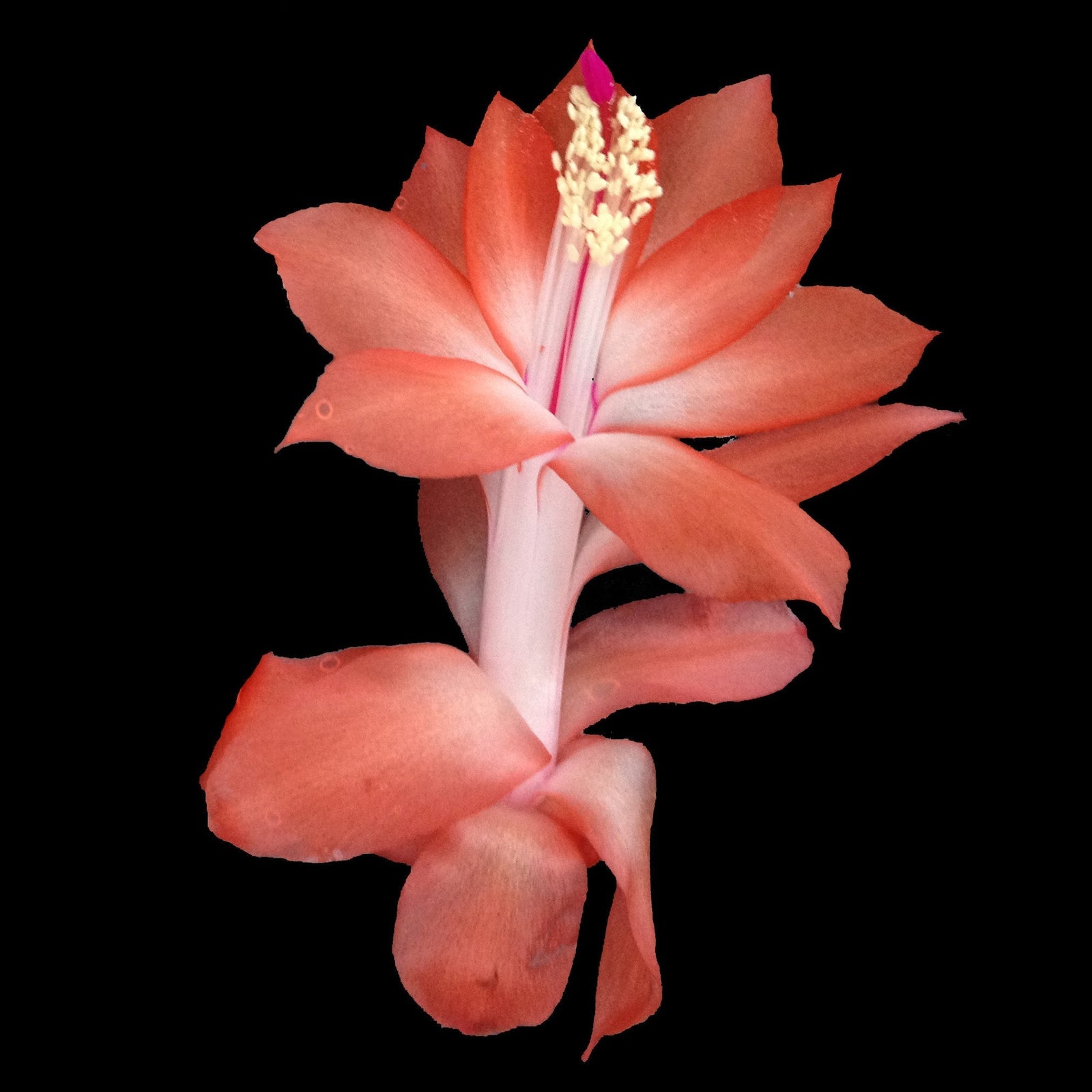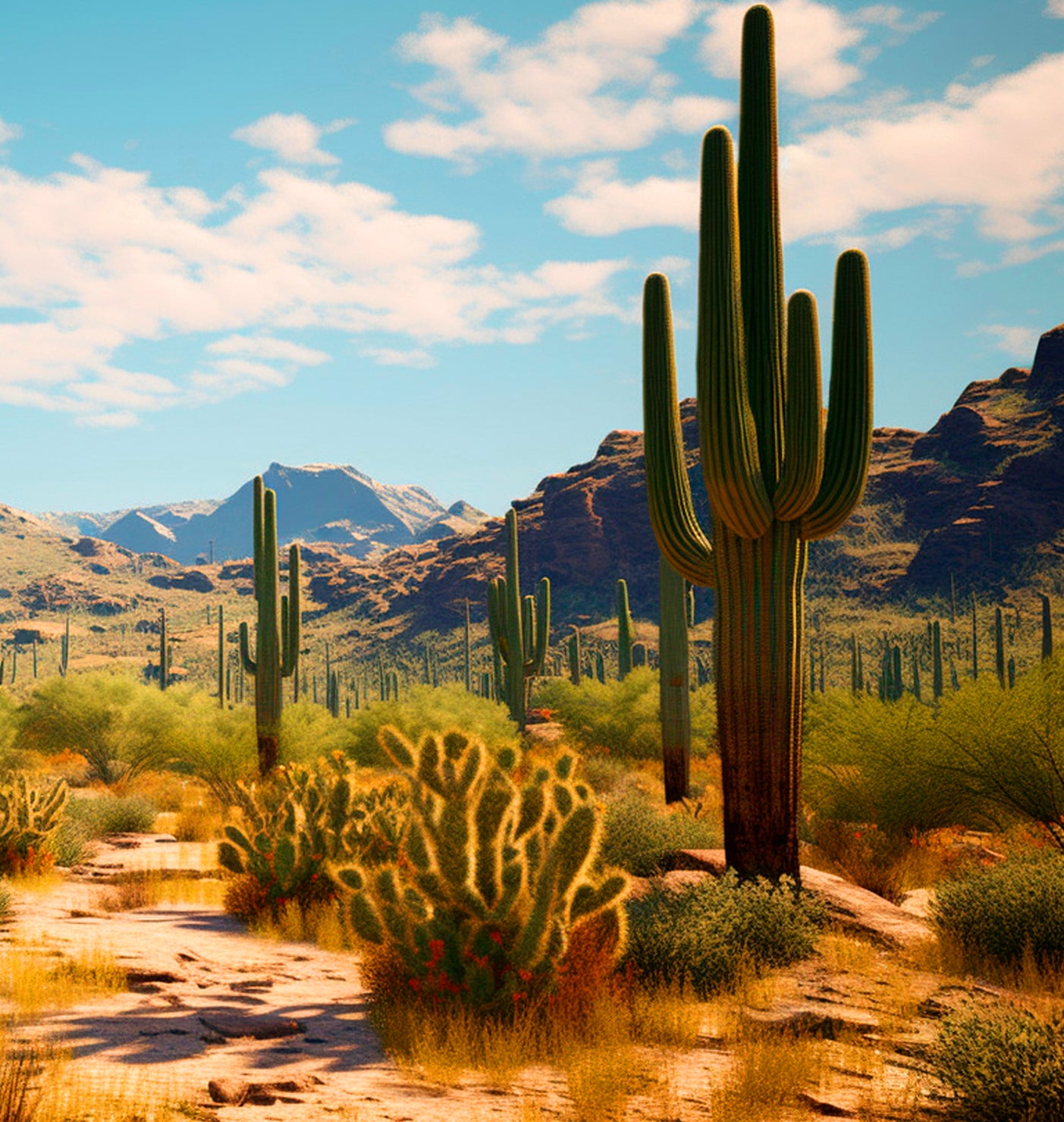Understanding Pitcher Failure (Pitcher Blasting)
The pitcher is the plant’s trap, but it also acts as a barometer for the plant's overall health. If a Nepenthes is unhappy, it will stop forming new pitchers, or its existing pitchers will brown and dry out before fully opening—a condition known as "pitcher blasting."
The three core reasons for pitcher failure are inadequate humidity, insufficient light, or high mineral content in the water.
Root Cause 1: Low Humidity and Drafts
Nepenthes thrive in humidity levels above 60%. When humidity drops, the thin walls of the developing pitcher cannot expand and mature correctly, causing them to dry out before inflation.
- The Threshold: If humidity falls below 50% for extended periods, pitcher production will usually cease entirely.
- Fixing the Environment: Place the plant near humidifiers, or use a pebble tray (filled with water, ensuring the pot does not touch the water). Avoid placing plants directly near air conditioners or open windows with harsh drafts.
- Habitat Check: If you are unsure if your plant is a Highland or Lowland type, this confusion could be the issue. Refer to our guide on Highland vs. Lowland Nepenthes for clarification.
Root Cause 2: Water and Media Issues
Nepenthes require clean water and media that is kept constantly moist but never waterlogged. These plants are susceptible to mineral burn.
- Water Purity: Never allow minerals to build up in the soil, which can be caused by using tap water. Ensure you are only using Pure Water (RO/Distilled).
- Root Rot: While they like moisture, Nepenthes do not use the tray method like VFTs. The media must be open and airy. If the roots are constantly saturated and heavy, root rot will cause the plant to shut down pitcher production.
Root Cause 3: Insufficient Light
The plant needs ample energy to grow traps. If the light is too low, the plant will prioritize leaf growth (basic survival) over pitcher formation (luxury growth).
- The Pitcher Lean: If your plant leans dramatically towards the light source, or if the leaves are a deep, unnaturally dark green, it is asking for more light.
- Optimal Light: Provide bright, indirect light or morning sun. Nepenthes do not typically tolerate the direct, midday Australian sun that VFTs crave, as this can scorch the leaves.






























